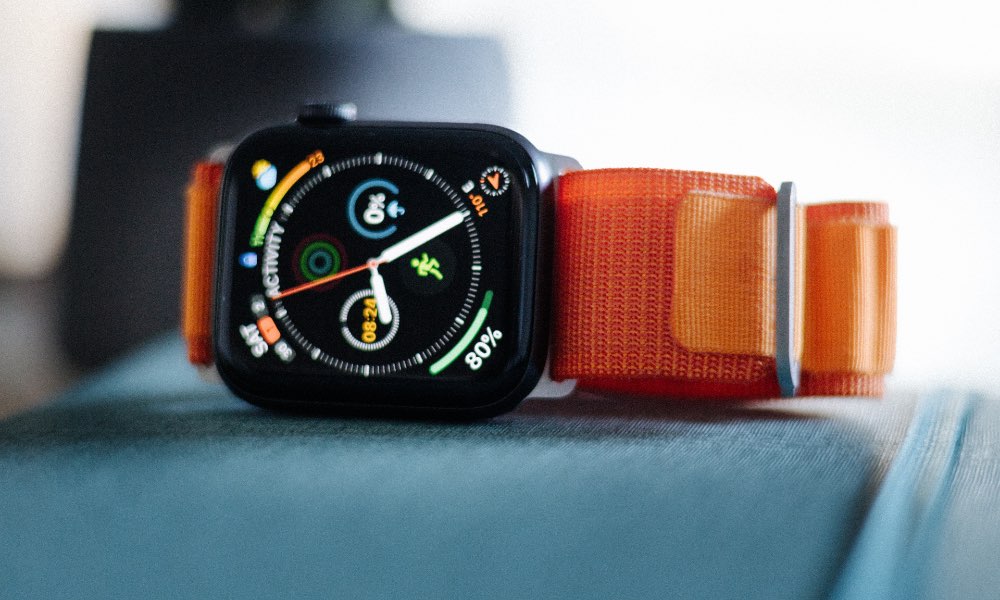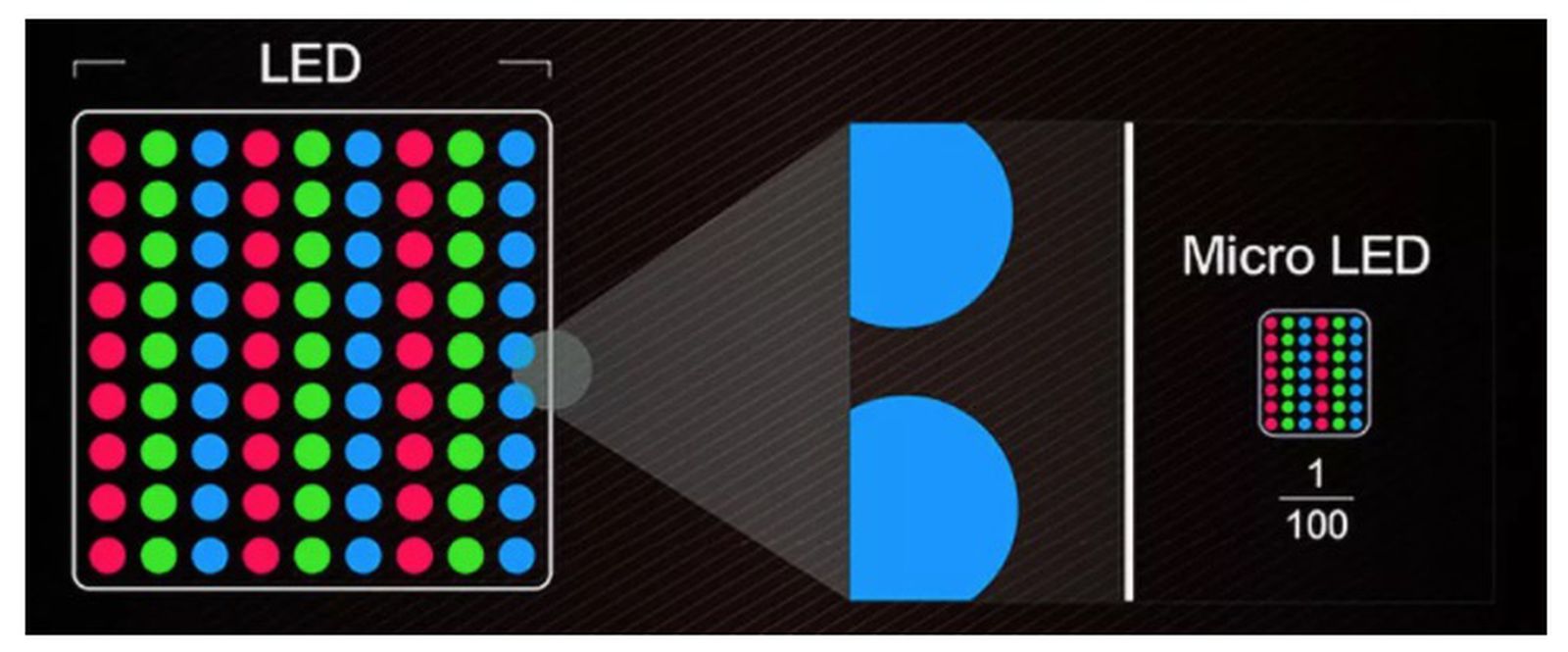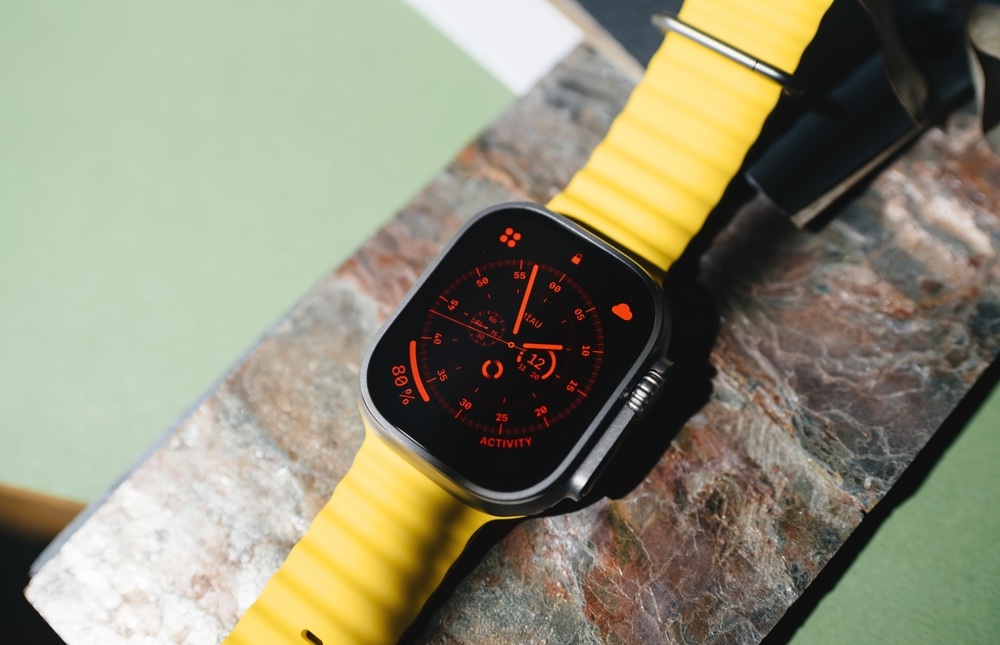LG Is Striving to Perfect microLED for the Apple Watch Ultra
 Credit: Ricardo Resende
Credit: Ricardo Resende
Toggle Dark Mode
Although we’re expecting to see Apple release a new Apple Watch Ultra this fall, by most reports, it will be a minor refresh that adds little more than a faster chip and possibly a new darker finish.
However, that doesn’t mean that Apple doesn’t have bigger plans for its premium ultra-rugged wearable. We’ll just have to wait a bit longer to see them come to fruition.
Earlier this year, supply chain sources revealed that Apple is working on bringing a microLED display technology to the Apple Watch Ultra. While that original report wasn’t optimistic enough to believe it would happen this year, it did hint at the possibility of the technology being ready by late 2024. That could have brought it in just under the wire for a third-generation Apple Watch Ultra launching next fall, although it’s more likely we wouldn’t have seen it until two more generations down the road, in 2025.
However, a more recent report last month pegged 2026 as the earliest we’d see microLED displays on an Apple Watch, revealing that production was never expected to begin before the second quarter of 2025, but it had since been postponed even from that date.
Not surprisingly, it turns out that producing microLED displays is hard, and Apple and its suppliers are still working out many of the details.
In a follow-up report this week, Korea’s The Elec, which first shared the 2026 timeline, adds some additional details explaining just how complicated this process can be for everyone involved.

As the “micro” moniker suggests, microLED screens use extremely tiny components, which makes manufacturing them even more challenging, especially at scale. As The Elec and TrendForce explained last month, trying to mass produce these displays results in “low yield rates,” which means that relatively few come off the assembly line in working order. This, in turn, drives up manufacturing costs as defective displays have to be tossed out.
Apple’s suppliers haven’t yet managed to overcome these limitations using current techniques. At best, LG is said to be using a workaround that tries to repair failed units, but that’s far from simple. It’s far more cost effective to get them right the first time.
However, today’s report suggests that LG is exploring alternative methods that could improve yields and reduce manufacturing costs thanks to a new “transfer printing process.”
The biggest challenge in micro LED is the transfer process of densely moving and planting chips with a size of several to tens of micrometers (?m) in the exact location. This is because micro LED chips are small and difficult to handle.
The Elec (via Google Translate)
To solve this problem, LG has recently purchased a set of 14 microLED patents from a Taiwanese company, most of which cover this transfer process. Others address areas such as microLED stacking, touch sensing, and applications of microLED specific to augmented reality (AR) and virtual reality (VR).
Multiple sources have confirmed that Apple plans to rely on LG Display to provide the first microLED displays for its products, beginning with the Apple Watch Ultra. The South Korean display supplier was initially expected to have its first production line ready by the end of 2024, which likely led to the optimistic 2025 timeline for the first microLED Apple Watch Ultra. It’s unclear whether it’s still on track to have this small line up and running, but even if that’s the case, it’s only the first stage in a longer road to actually being ready to mass-produce the displays.
Apple ultimately plans to bring microLED technology to most of its higher-end product lineup, including the iPhone, iPad, and even the Mac. However, the Apple Watch Ultra is an easy starting point due to its smaller screen size and the lower pixel density that makes it much easier to place microLEDs since they don’t need to be packed in as densely as they would on a higher-resolution device like an iPhone 14.
While the standard Apple Watch might also qualify, the Ultra model still has a larger screen and, more importantly, a higher asking price. After all, like all other display technologies that have come before it, microLED is expected to remain quite costly for some time — even after LG has solved some of the production challenges.







